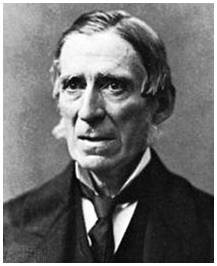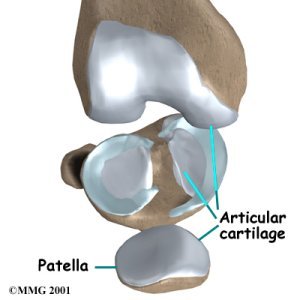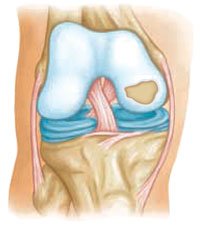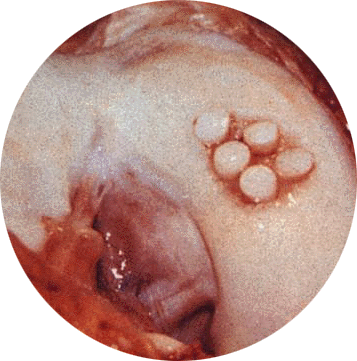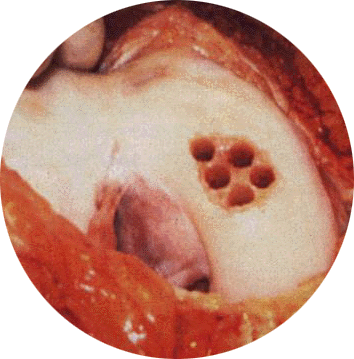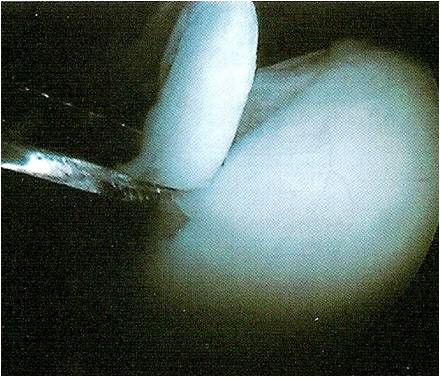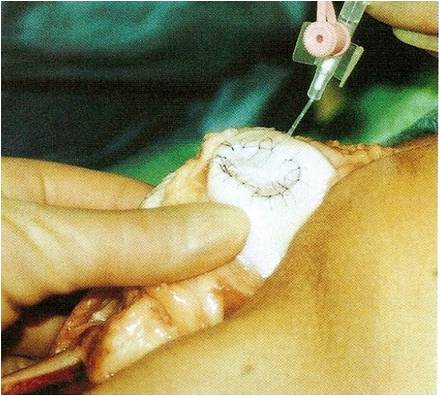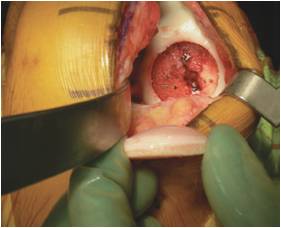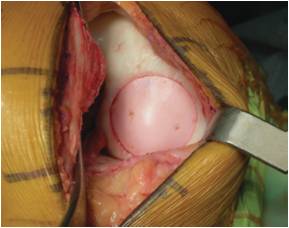Sam Akhavan, MD
Pittsburgh Orthopaedic Sports Medicine Doctor
Arthroscopy Surgeon for Knee & Shoulder Surgery, Pain and Injuries
SHOULDER
ARTHROSCOPY
SURGEON
KNEE
ARTHROSCOPY
SURGEON
Cartilage Injuries
While not many things that were said in medicine over 150 years ago are still true in 2011, but the statement above would still apply today.
Articular cartilage is the lining of the knee and provide two smooth gliding surfaces during knee motion. Injuries to cartilage occur typically as a result of trauma or generalized wear-and-tear. If a large portion of the knee are affected, the process is called arthritis.
Cartilage lesions are among the most challenging knee surgeries and truly require an expert surgeon to ensure the best outcome. The techniques for treatment of these injuries are constantly evolving
Dr. Sam Akhavan has been performing cartilage surgery in Pittsburgh, PA since 2008 and has written book chapters on the subject of cartilage surgery. He has also presented nationally on the subject.
See below for some of the most common cartilage procedures performed.
Microfracture
The goal of a microfracture cartilage surgery is to create channels for blood to flow into the cartilage defect. With appropriate rehabilitation, the clot will become a form of scar cartilage, in essence "filling the pot hole" created by the defect. This technique can be performed arthroscopically.
While a good option for smaller lesions, larger cartilage lesions typically require more extensive interventions to ensure a good outcome
Articular Cartilage transfer
This cartilage surgery technique transfers cartilage from a portion of the knee where it is not needed and transfer it to the defect. This technique is excellent for filling small isolated defects but most of the time requires a small incision.
While this technique can provide excellent outcomes for smaller lesions, larger lesions typically cannot be treated with this technique as there is not enough cartilage plugs from "not needed" areas to fill larger lesions.
Autologous Chondrocyte Implantation (ACI)
This technique currently involves two cartilage surgeries. During the first surgery, a small amount of cartilage is taken from the knee and sent off to a lab where it is grown and expanded. A second procedure is then performed about 4-6 weeks later to insert the expanded cartilage into the defect.
In order to perform this surgery, a special certification has to be obtained. Dr. Akhavan is certified for the performance of ACI.
Allograft Cartilage Transfer
There are multiple options to transfer cadaveric cartilage into the knee. Techniques include Cartiform Cartilage Transfer, a technique that uses a frozen wafer of bone with cartilage into a defect. One of the great benefits of this technique is that in can be performed in one stage for moderate size lesions.
For larger lesions, two-step cartilage surgery procedure are typically performed. During the first stage, the lesion is examined and sized. During the second stage, an appropriate-sized graft is matched and used to fill the defect.
There are, I believe, no instances in which a lost portion of cartilage has been restored, or a wounded portion repaired, with new and well-formed permanent cartilage, in the human subject
The Articular Cartilage of the knee
Articular Cartilage Defect
Click above for a video of a microfracture performed by Dr. Akhavan
Articular Cartilage Transfer to a cartilage defect
Harvest and reimplantation of an ACI procedure
A defect filled with an allograft cartilage transfer
Sir James Paget, 1853
Dr Sam Akhavan Performs Cartilage Surgery in Pittsburgh, PA.
CALL 412-359-3895 for an appointment

